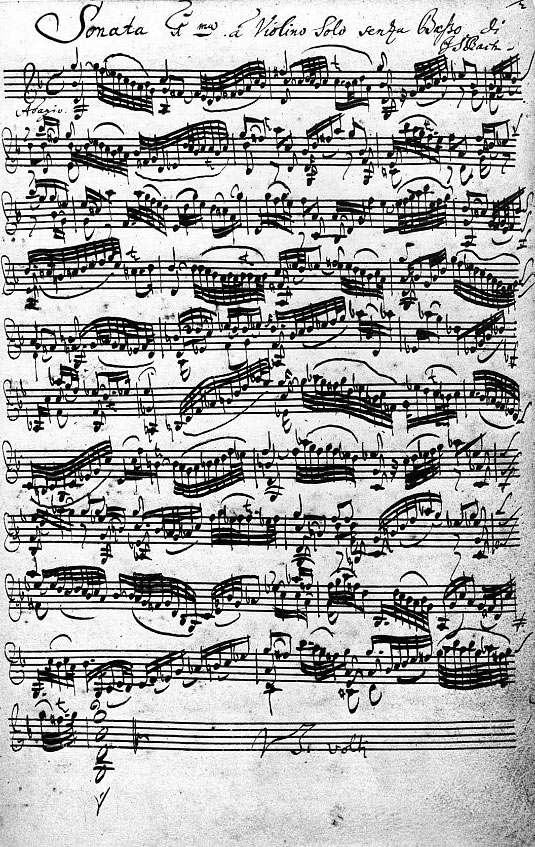His life
Johann Sebastian Bach is generally regarded as one of the greatest composers of all time. He was born in Eisenach (Germany) into a great musical family. He was the youngest son of Johann Ambrosius Bach, the director of the town musicians. who likely taught him violin and basic music theory. His uncles were all professional musicians, whose posts included church organists, court chamber musicians, and composers. After becoming an orphan at age 10, he moved in with his eldest brother, Johann Christoph Bach (1671–1721), who was church organist and exposed him to the works of great composers of the day, including South German composers such as Johann Pachelbel (under whom Johann Christoph had studied) and Johann Jakob Froberger.
His music
Bach wrote for many instruments but extensively for organ and for other keyboard instruments. Bach’s compositions include hundreds of cantatas, both sacred and secular. He composed concertos, for instance for violin and for harpsichord, and suites, as chamber music as well as for orchestra. Many of his works employ the genres of canon and fugue. Bach’s musical style fits in the conventions of his day, which is the final stage of the baroque style. When his contemporaries such as Händel, Telemann and Vivaldi wrote concertos, he did so too. When they wrote suites, he did so too. Similar with recitatives followed by da capo arias, four-part choral music, use of basso continuo etc. The specifics of his style lie with characteristics such as his skill in contrapuntal invention and motivic control and his talent for writing tightly woven music of powerful sonority. From an early age, he imbued himself with the compositions of his contemporaries and of prior generations, all of what was available from European composers
Bach’s compositions are, in general, not very easy for the average ‘intermediate’ guitar player. To adapt music originally written for another instrument than the guitar, one must make many choices. Ranging from ‘pure’ transcription (staying as close as possible to the original texture and spirit of the composition) to an arrangement with more freedom of interpretation. Depending on the original instrument and the musical complexity of the original work some form of arrangement is inevitable. In my transcriptions of Bach’s works for violin and cello I tried to stay faithful to the original as much as possible.
Part of the text comes from Wikipedia free encyclopedia
